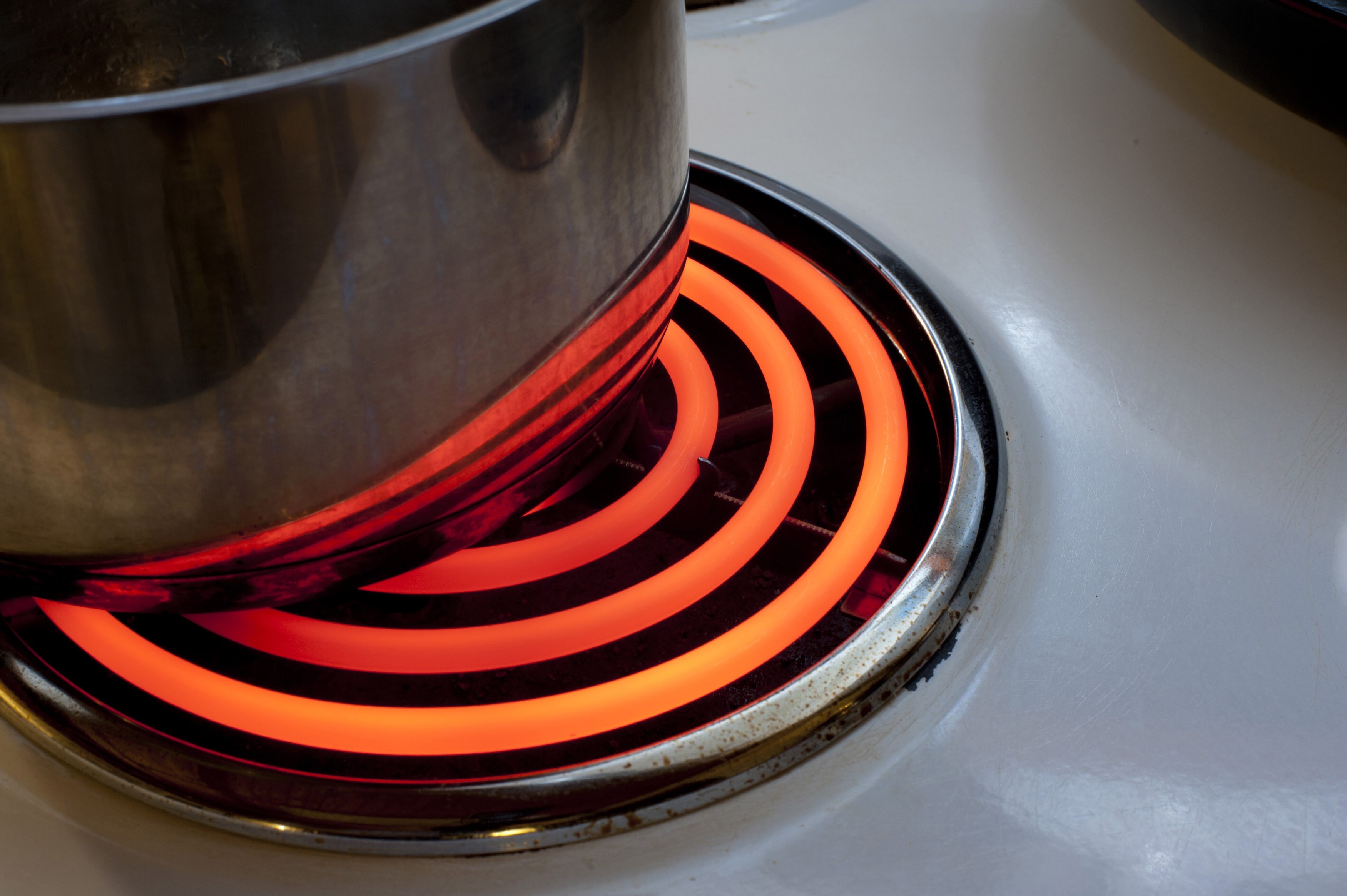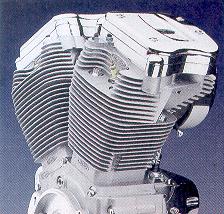Dr Ross
Today we will be revising...
evaporation
condensation
heat flow
A trip to my nan's...


evaporation
condensation
factors that affect evaporation and condensation
surface area exposed
temperatures of the liquid and gas
temperatures of solid surfaces
sources of heat energy
saturation
movement of air
THE FLOW OF HEAT
heat flows from HOT to COLD

2nd law of thermodynamics
HEAT TRANSFER

The surface area of an object plays an
important role in how it loses heat
Cooling down Nan's cuppa
FACTORS affecting HEAT TRANSFER
the volume and shape of the material or its container
the surface area available for heating or cooling
the thermal conductivity of the materials involved
the thickness of any containers
the temperature differences
HEAT TRANSFER in the natural world
adaptation thermo-regulation transpiration

balancing heat flow
through the body


stay cool stay warm
USING WHAT YOU NOW KNOW
How does wind help in drying clothes?
The transfer of energy through heat drives evaporation and condensation.
Heat energy moves from hot to cold. The higher the temperature difference between two materials, the higher the rate of heat transfer.
Think about the different factors that can affect the rate of heat transfer - most you know from your own experience.
The transfer of energy through heat drives evaporation and condensation.
Heat energy moves from hot to cold. The higher the temperature difference between two materials, the higher the rate of heat transfer.
Think about the different factors that can affect the rate of heat transfer - most you know from your own experience.







